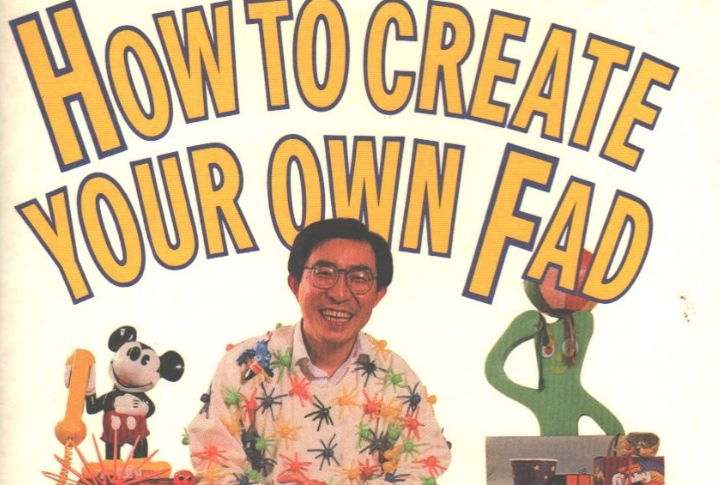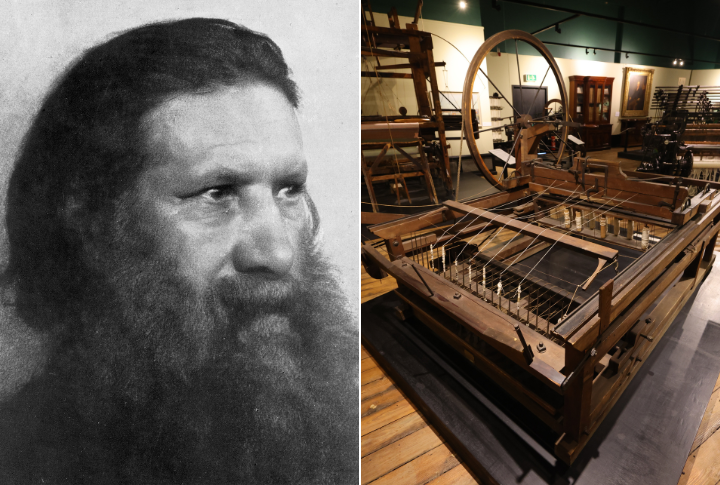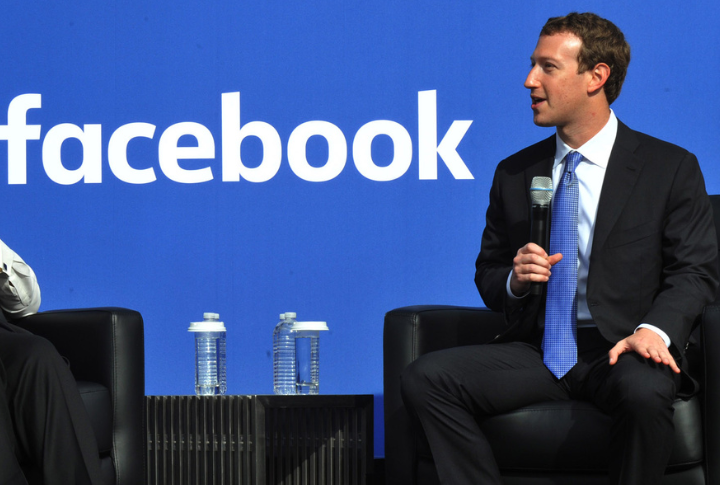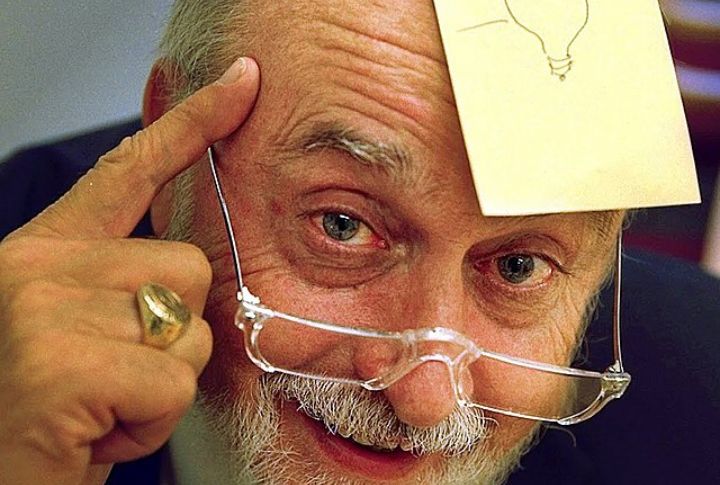
Imagine an idea so simple it almost sounds silly, but it still earns you millions. For these innovators, it was the start of something huge. They took a single concept and turned it into a multimillion-dollar game-changer. Curious to see how they pulled it off? Let’s have a look.
Gary Dahl: Pet Rock

Think of marketing a pet that doesn’t need feeding, walks, playing, or grooming. That was the genius of Gary Dahl’s Pet Rock in 1975. With its hilarious simplicity, it turned an ordinary rock into a multimillion-dollar sensation. Who would’ve thought that a stone could become a trend?
Ken Hakuta: Wacky Wall Walker

Ever wondered how something as basic as a sticky toy could create such a stir? Enter Ken Hakuta’s Wacky Wall Walker. This 1980s novelty, with its ability to climb walls, was the perfect toy for an era looking for quirky fun. It sold over 240 million units—proof that simplicity wins.
Scott Stillinger: Koosh Ball

Squishy and utterly irresistible, Scott Stillinger’s Koosh Ball made its debut in 1987. Kids and adults alike couldn’t stop bouncing it around. It had colorful, rubbery strands and became an icon. Sometimes, the best ideas come from a love of tactile textures and a bit of creativity.
Alex Tew: The Million Dollar Homepage

An idea so wild, it had to work. Alex Tew’s Million Dollar Homepage in 2005 turned a simple concept—selling pixels on a website—into a viral success. Within months, Tew pocketed $1 million by capitalizing on internet advertising in a new way. Each of the 1 million pixels was sold for $1 and created a novel online marketplace.
James Hargreaves: Spinning Jenny

The Spinning Jenny, introduced by James Hargreaves in 1764, was a game-changer. This invention dramatically boosted textile production by allowing one worker to operate multiple spindles at once. Hargreaves didn’t just invent a machine; he ignited the Industrial Revolution.
Mark Zuckerberg: Facebook

In 2004, Mark Zuckerberg and his college roommates launched Facebook from their room at Harvard University. What started as a simple idea to connect college students quickly grew into a global social media platform that revolutionized how people communicate and share information.
James Dyson: Dyson Vacuum Cleaner

Frustration with traditional vacuum cleaners led James Dyson to create the first bagless design in 1993. His innovation not only solved a common problem but revolutionized an entire industry. With millions of Dyson vacuums in homes today, it’s clear that Dyson’s vision was ahead of its time.
Arthur Fry: Post-It Notes

What happens when a scientist tries to fix a stubborn problem? You get the Post-it Note. Working at 3M in 1968, Arthur Fry invented these now-ubiquitous sticky notes after experimenting with a repositionable adhesive. It started as a small idea and quickly became an office essential.
George De Mestral: Velcro

Sometimes, the best inventions come from nature. George de Mestral was inspired by burrs sticking to his clothes in 1941, which led to the creation of Velcro. His hook-and-loop fastener became a worldwide sensation and proved that a little curiosity and a keen eye can lead to revolutionary discoveries.
Sara Blakely: Spanx

In 2000, Sara Blakely’s Spanx began as a small idea: Shapewear that actually worked. Armed with a $5,000 investment, she revolutionized how women think about clothing. Today, Spanx is a billion-dollar company, proving that a simple problem can lead to an empire.
